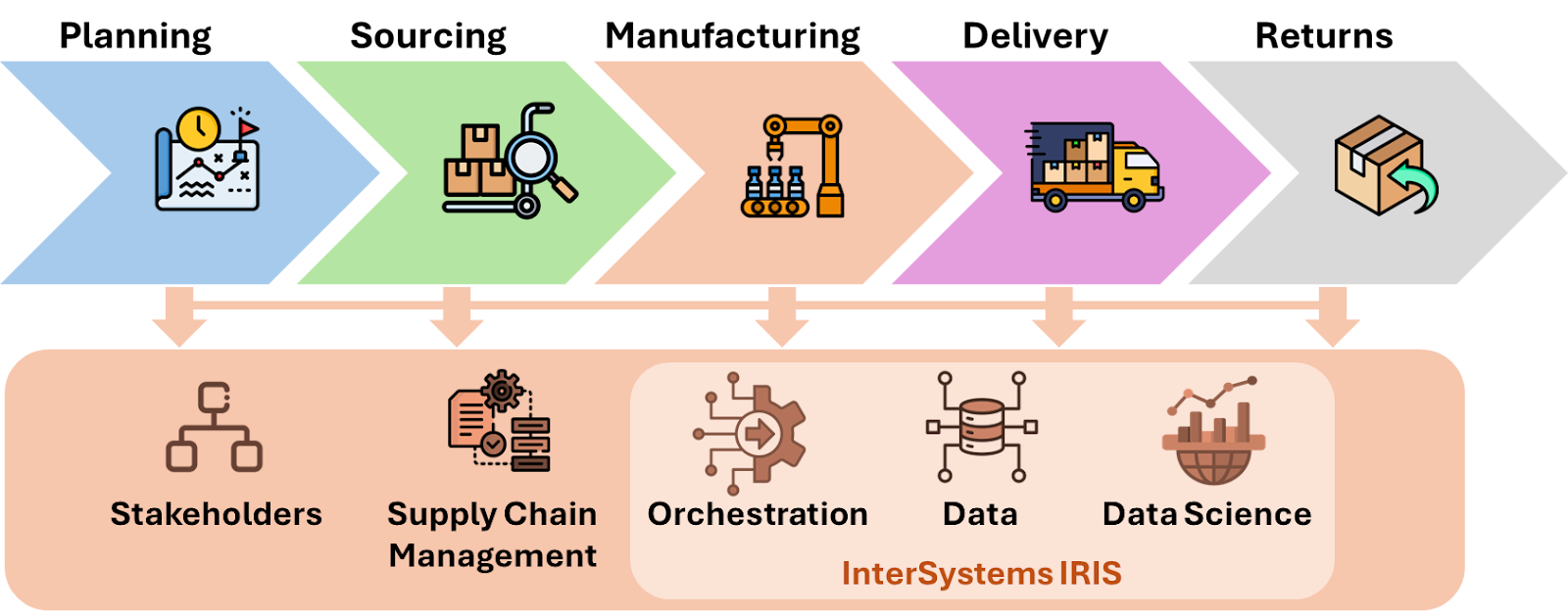Hi Community,
On December 7, 2025, the InterSystems Developer Community officially celebrated its 10th anniversary! 🥳🎉
And now we honor this decade of learning, collaboration, problem-solving, and advancing InterSystems technologies. Whether you’ve been here since the beginning or joined recently, thank you for your contributions, questions, ideas, and support. This milestone belongs to all of you 💖 You’ve built this community into what it is today, and we’re truly grateful!
As part of the celebration, we invited you to participate in a special anniversary video. And boy, you delivered! Thank you to everyone who took the time to share their greetings, memories, and kind words.
https://www.youtube.com/embed/oYjP3a3u8Io
[This is an embedded link, but you cannot view embedded content directly on the site because you have declined the cookies necessary to access it. To view embedded content, you would need to accept all cookies in your Cookies Settings]
.png)

.jpg)
.jpg)
%20(5)(1).jpg)
.png)
%20(3).jpg)
.png)
